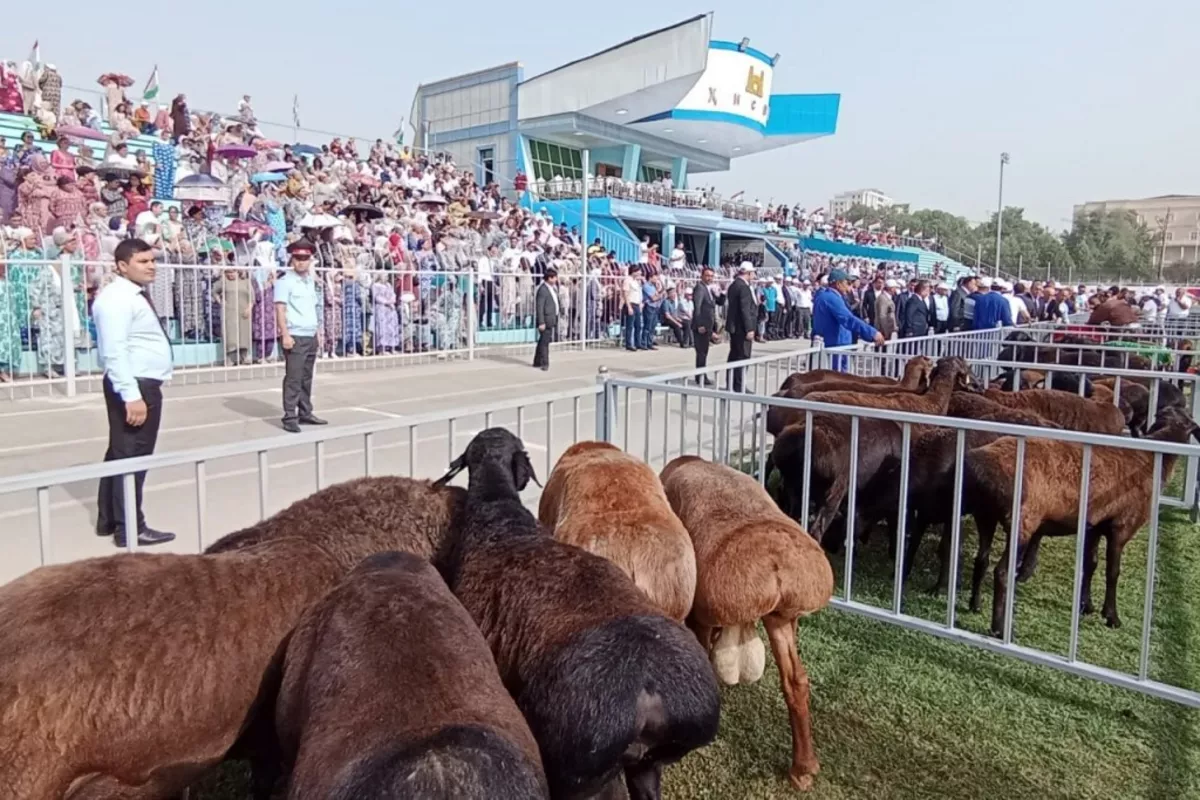
photo: Asia Plus
On September 18-19, 2025, Tajikistan’s Dushanbe will host the International Symposium on Fat-Tailed Sheep Breeds, alongside a festival-exhibition dedicated to the Hisor breed.
The events are organized by the Institute of Animal Husbandry and Pastures with the support of the Tajik Academy of Agricultural Sciences, The Caspian Post reports via Tajik media.
The symposium will gather livestock experts, scientists, and researchers from the CIS, China, India, Canada, Afghanistan, and Mongolia, as well as diplomats and representatives of international organizations. The key objective is to promote sustainable solutions in sheep farming, focusing on breeding innovation, animal nutrition, veterinary science, and economic efficiency.
Panel sessions will address topics such as genetic improvement of fat-tailed breeds, modern feeding and housing technologies, veterinary disease prevention and treatment, and economic prospects for the livestock sector. The symposium will take place at the National Library of Tajikistan and will be accessible both in person and online via Zoom.
Last year’s festival featured a 192-kilogram ram from Roudaki district’s “Sim-Sim” farm, which was awarded as the best specimen.
This year’s event holds particular importance as the Hisor breed was added to the Global Important Agricultural Heritage Systems (GIAHS) list in 2025, underscoring its cultural and agricultural significance.
Originating from Tajikistan and Uzbekistan, the Hisor sheep is among the world’s largest and oldest fat-tailed breeds. Known for its distinctively flavored meat, fat, and milk, the breed is characterized by its large size-rams can reach up to 190 kilograms and ewes up to 120 kilograms. Adapted to highland pastures, Hisor sheep thrive in free-range conditions, migrating seasonally to higher altitudes during summer grazing.
Share on social media